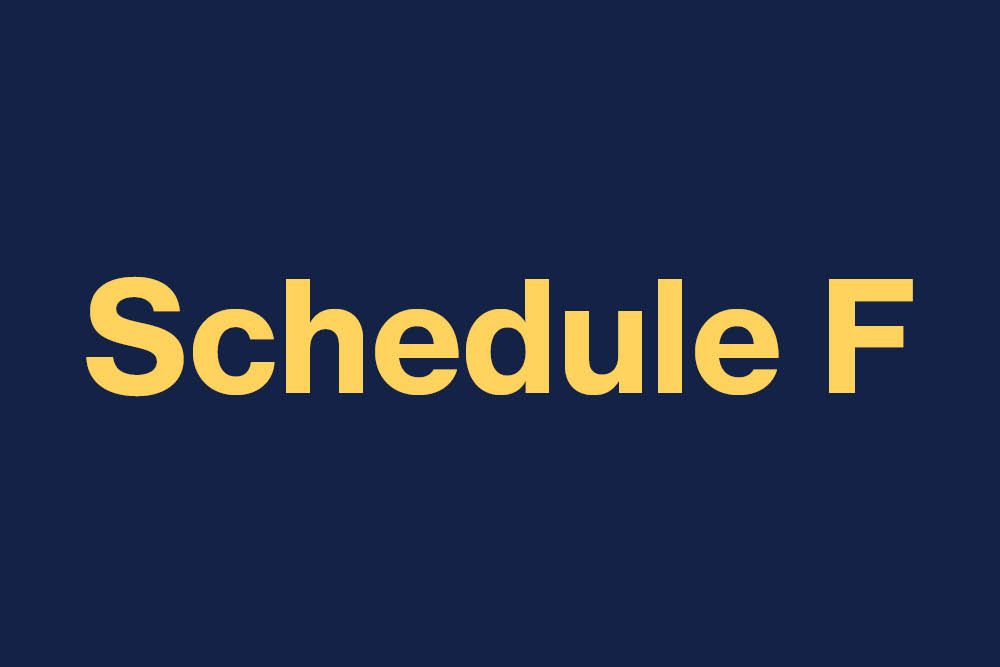
The classic image of summer interns is one of anxious students wearing new business casual duds and learning the ropes of their first-time office job. They are eager to impress and land a job offer upon graduation. But there is another type of summer intern with different goals and motivations — the academic intern. Dr. Jelena Milovanovic is one such intern. As the actuarial science coordinator at Arizona State University, she spent this past summer at Scottsdale Insurance, Nationwide Mutual’s Excess and Surplus/Specialty Lines Company in Scottsdale, Arizona, bridging the gap between the worlds of academia and industry.
“Practicing what you preach gives you credibility. After an internship, you can call up real-life examples in the classroom and students respect that,” says Milovanovic, who worked on many projects over her eight-week internship, giving her a variety of practical experiences to share. She analyzed, presented and filed a rate indication, worked through a reserve review, and took on a predictive analytics project differentiating profitable versus unprofitable segments of business. These projects combined technical actuarial work, statistics, business relationships and general insurance knowledge.
Her work with predictive analytics even took her all the way to the Scottsdale Insurance’s management liability office in New York to present her findings. “Working with the predictive analytics team not only showed me examples where theory meets the real world but also the creativity necessary to work around limitations in actual data.”
Companies also benefit by hiring academic interns, because they offer theoretical and technical knowledge and are as independent and self sufficient. After a great experience, academic interns also become advocates to their students for the company and the P&C side of the actuarial field. Dr. Rick Gorvett, co-chair of the CAS academic working group, and director of the actuarial science program at the University of Illinois at Urbana-Champaign, supports this idea. “Providing an academic internship is a great way for a company to enhance the future of the profession,” said Gorvette. “Even better, if the company and the CAS can enhance an academic’s understanding of key issues and current research threads and inspire professors to add practical and relevant casualty actuarial topics to their research agendas, the future of our profession will look very bright indeed,” he said.
For the professor or program director looking for an internship, Milovanovic recommends networking. “Start with the established actuarial networks such as the CAS Regional Affiliates or other local actuarial clubs and build from there,” she said.
With 10-15 students in tow, Milovanovic attends every semiannual Casualty Actuaries of the Desert States meeting. She also invites representatives from each type of actuarial work to teach a class as part of her introductory actuarial course.
Ken Levine, vice president and chief actuary of Scottsdale Insurance, offers high praise to Arizona State for partnering with local companies to build the university’s actuarial science degree program. Levine and other senior actuaries in the Valley of the Sun have been invited to serve on a university advisory board on classroom content. “Jelena’s summer internship at Scottsdale Insurance strengthened ASU’s connection with the profession and positioned her to better prepare her students for an actuarial career,” said Levine. “Scottsdale Insurance feels especially fortunate to have benefited from her talent and contributions,” he said. “It was definitely a ‘win-win’ experience!”
When asked if she would pursue another academic internship, Milovanovic answered “Yes” enthusiastically. “I need to evolve and stay current,” said Milovanovic. “How are we going to prepare students for the industry if we never step into it ourselves?”
Melissa Tomita, FCAS, is an E&S actuary for Scottsdale Insurance Company in Scottsdale, Arizona.













